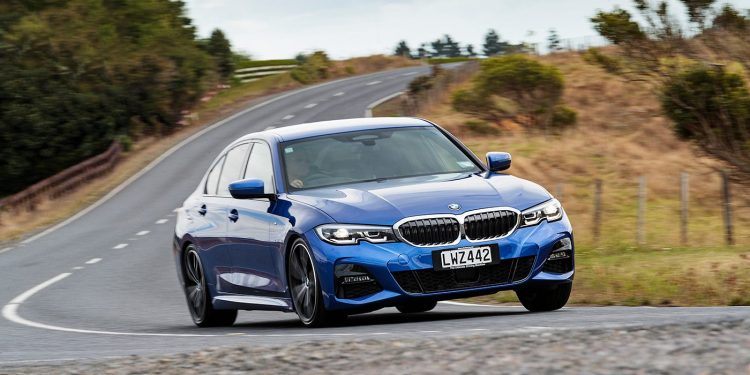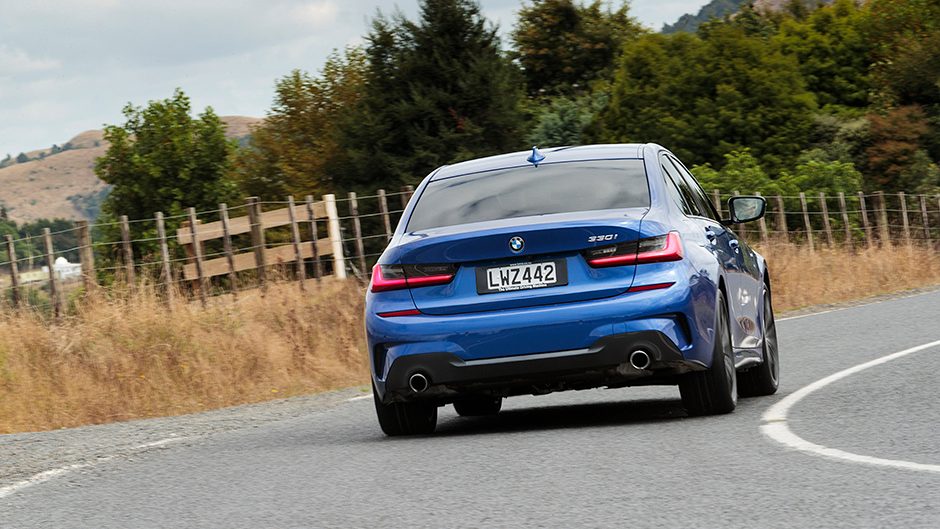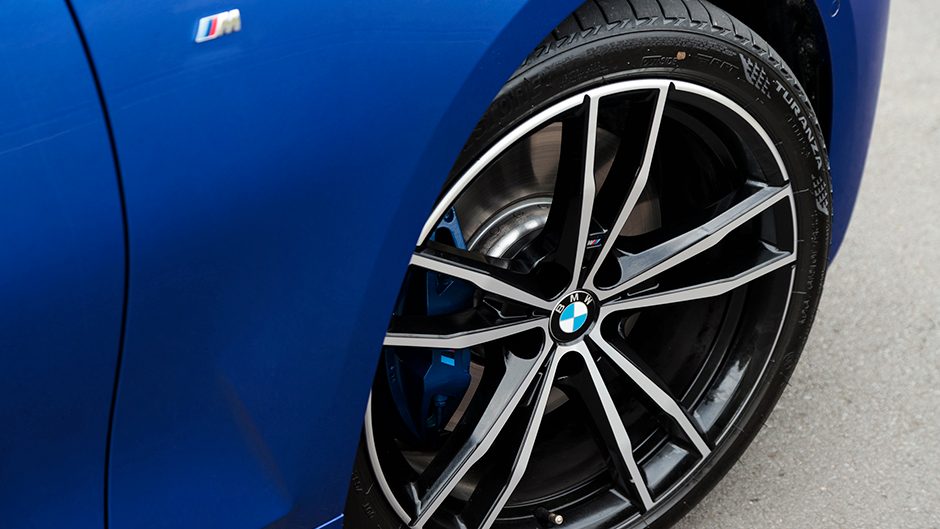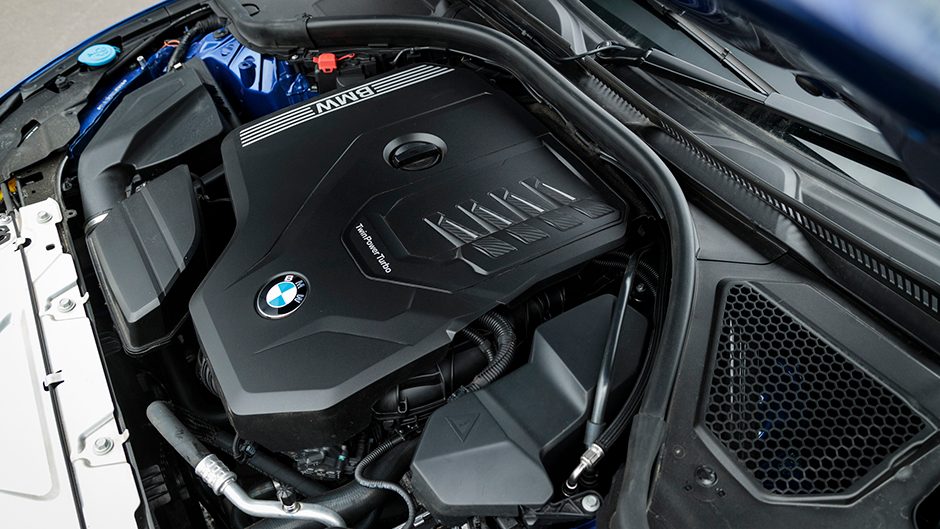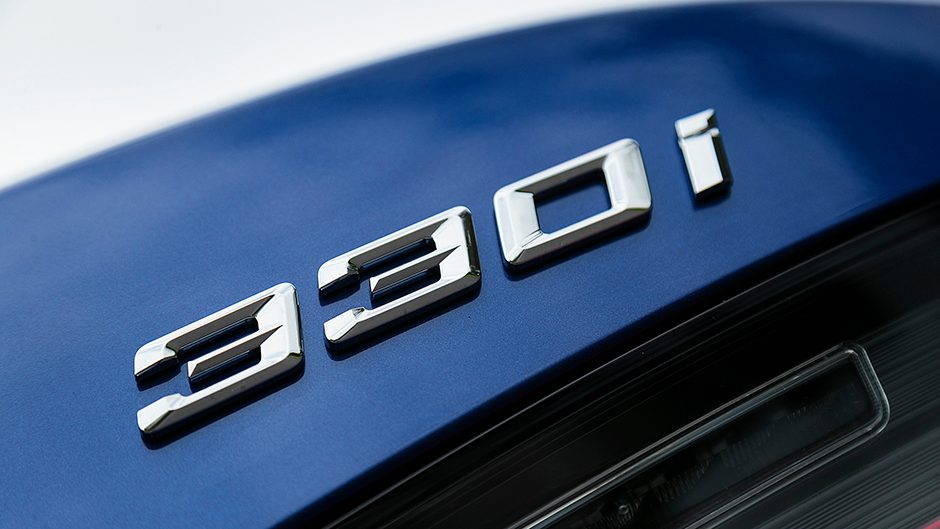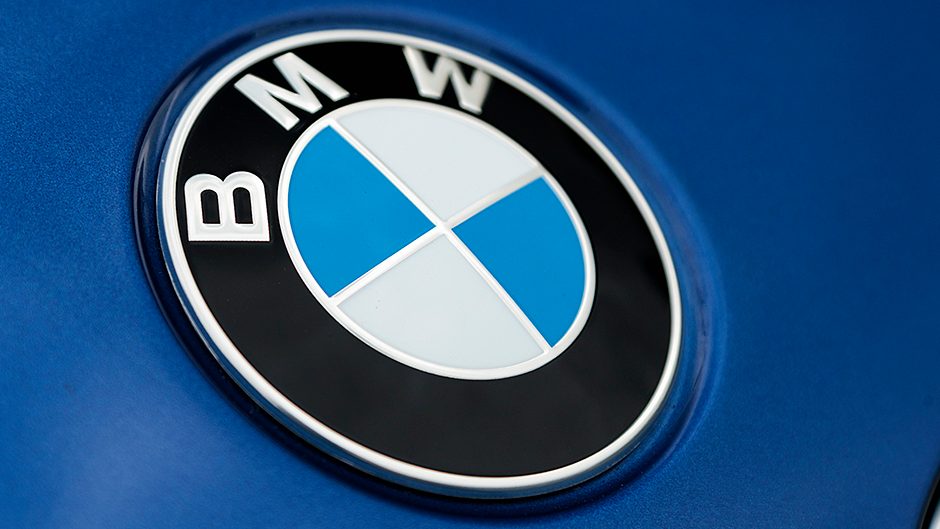2019 BMW 330i review
Words Peter Louisson | Photos Tom Gasnier
Sometimes we unintentionally get to compare two vehicles, one driven after the other. So it was recently, with first the RS 5 sportback and next BMW’s 330i. The former costs $153k, the bimmer $89,900. So one is a premium sedan, the other a larger luxury-performance five-door liftback.
One runs an IL4T, the other a biturbo V6, and one’s rear drive, the other all-wheel drive. But there are certain similarities, aside from them both being built in Germany. They each have an eight-speed auto, multiple drive modes, and adaptive damping, and they drive like the wind when unleashed, yet they can also pad about town like cats who got the cream. Is one worth $60k more than the other?
If you’re a speed freak, for sure! The Audi bolts like a sprinter, hitting 100km/h over two seconds quicker than the BMW, and sounds more interesting doing so. But in the real world, things are closer, and out on forgotten highways the BMW does about as well as the AWD vehicle, providing you straighten the wheel before planting boot. If not, it will try to steer you from the rear through the corner.
Overcook the entry and a lift-off gets you back on line nicely, something the Audi doesn’t do so well. It too will round up under power, with its 40:60 front/rear split but not so dramatically as the 330i. The BMW has a near 50:50 split the firm is famous for, yet the Audi lives comfortably with its 58:42 bias, even without its optional torque-vectoring differential.
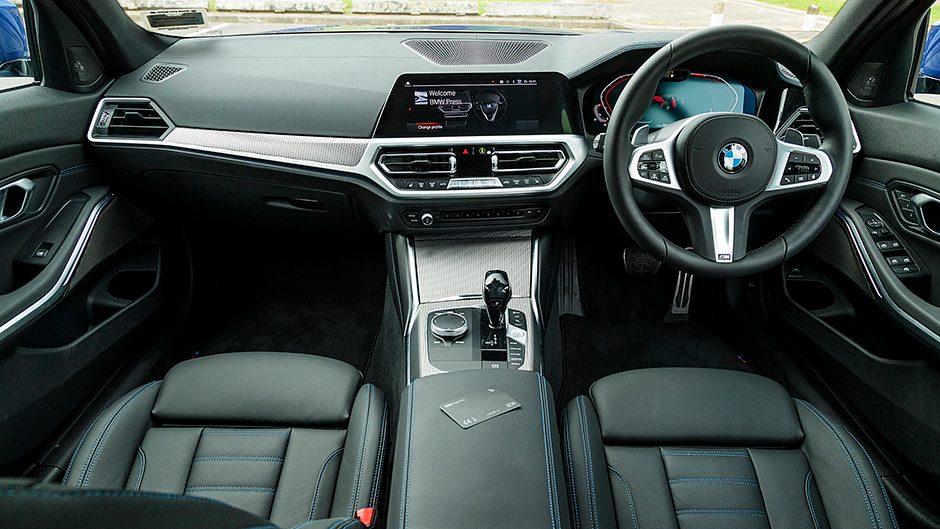
And if it’s wet the BMW will not see which way the RS 5 went. In the dry however, the BMW is vastly quick point to point, like the Audi, for its 3.6sec overtaking time is only a second adrift. Down the long straights the Audi will have the legs but such speeds are meaningless in real life. Overall, they’re closer than you might think.
The latest 3 Series, now in its seventh generation, is supposedly ‘the heartbeat of the brand’. Over 15 million have been sold but locally SAVs are more in demand. The X5 has long been the best seller here but there will always be those who prefer sedan dynamics.
As per, the new model offers added flair and more tech, while the body is bigger, riding on a platform with a wheelbase stretched by 41mm. It’s 76mm longer overall, 16mm wider and a mill taller. So it should corner and ride better from these changes alone.
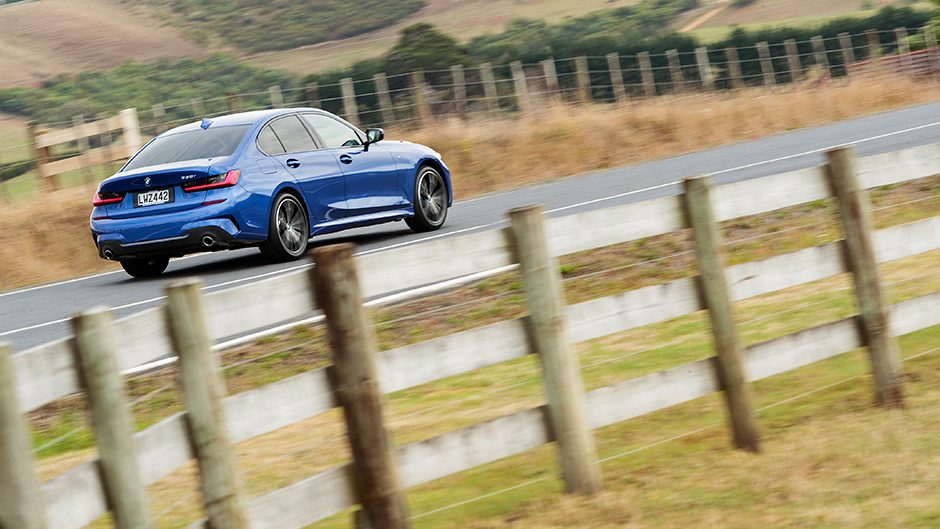
Certainly space in the rear seats has ballooned, with better legroom but shoulder room remains tight for three adults.
Headroom is a win for this over the RS 5. In the boot, which is accessed unnecessarily by a powered lid, space remains at 480L, oddly no different from before. Tech upgrades are many, some good. We’d rate the new credit card-style key a disappointment.
Sure, it fits in your wallet but won’t lock or unlock the car without it being removed and in contact with the door handle. Moreover, it only works on the driver’s side door, and unless it’s left sitting on the wireless charger area, the car won’t start. It’s hard to remove from the charge area too. Thankfully, the car also comes with an actual smart key.
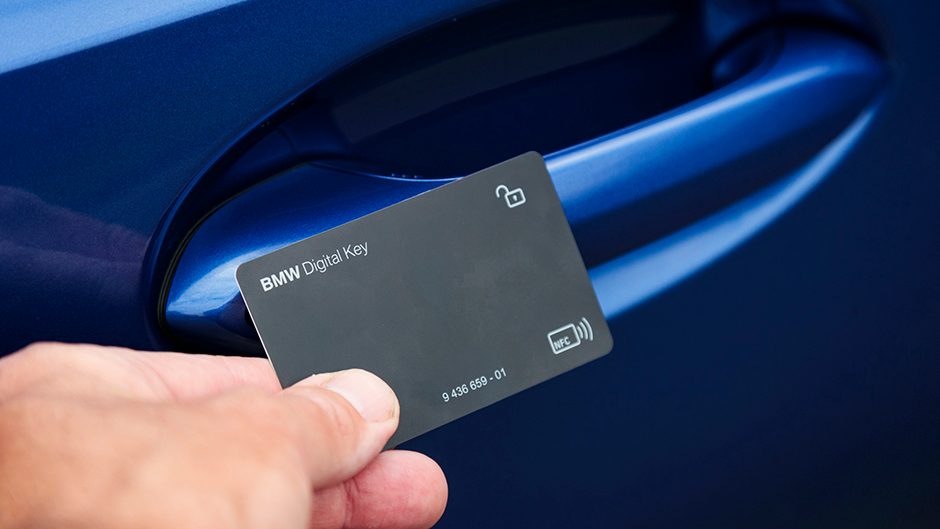
We still wish for a thinner rimmed sports wheel. On the upside, BMW has listened to customer and reviewer moaning about its infuriating indicator action and reverted to type; they now work like normal indicators.
Not that BMW owners always use them but they’re not alone amongst owners of German machinery. While the latest 3 Series is supposedly up to 55kg lighter, the 330i is heavier than the 328i we last weighed by a few kg, but with a touch more power and torque, out to 190kW and 400Nm, it’s also quicker.
A crackerjack eight-speed auto helps, and the engine is strong off the bottom, its turbo effect noticeable from 1200rpm. Gearing is tall and with a drag coefficient of around 0.24, fuel use overall is a stated 6.4L/100km. The trip computer largely concurred, suggesting 7.6L/100km long term.
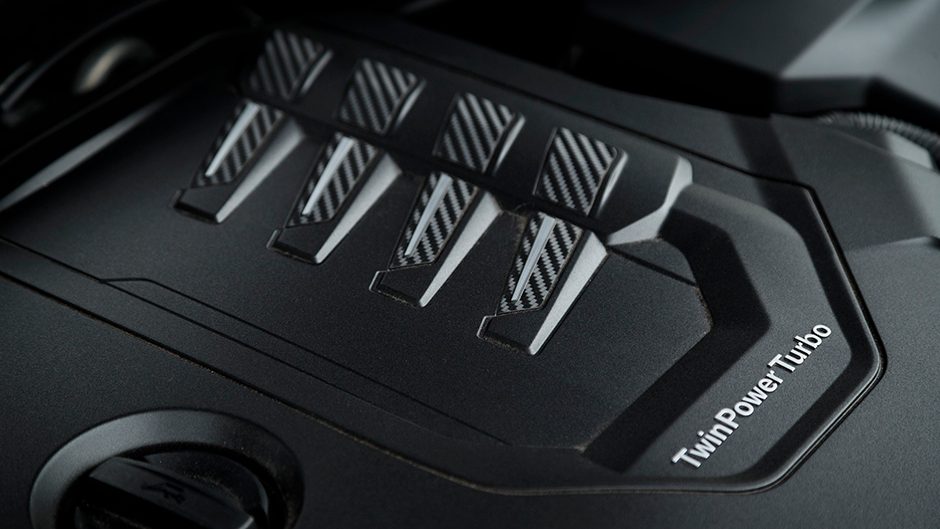
There are seven drive modes to hand, Adaptive our favourite, giving the best of most worlds; easier damping at slower speeds, firmer as pace climbs, but without corrupting ride too much. Even Sport+ is fine for open road use. There are two transmission settings too, S and D, accessed by moving the shift lever right or left.
Uprated brakes work a treat, and there are safety gadgets for Africa. But we rate active cruise with stop and go, and the reverse assistant as the best. The latter allows you to retrace the previous 50m automatically.
That’s so clever, unlike ‘borrowed’ tech; ‘Hey BMW’ voice assistant is a work in progress. Pick this new Bimmer by its fresh LED lights, now joining with the larger double-kidney grille and the more regularly shaped taillights. It’s even more aggressive than before.
The odd glitch aside, the 330i is a beauty, but then hasn’t that always been the case with the brawnier examples of 3 Series?
| Model | BMW 330i | Price | $89,900 |
| Engine | 1998cc, IL4, T/DI, 190kW/400Nm | Drivetrain | 8-speed auto, rear-wheel drive |
| Fuel Use | 6.4L/100km | C02 Output | 147g/km |
| 0-100km/h | 5.59sec | Weight | 1577kg |


